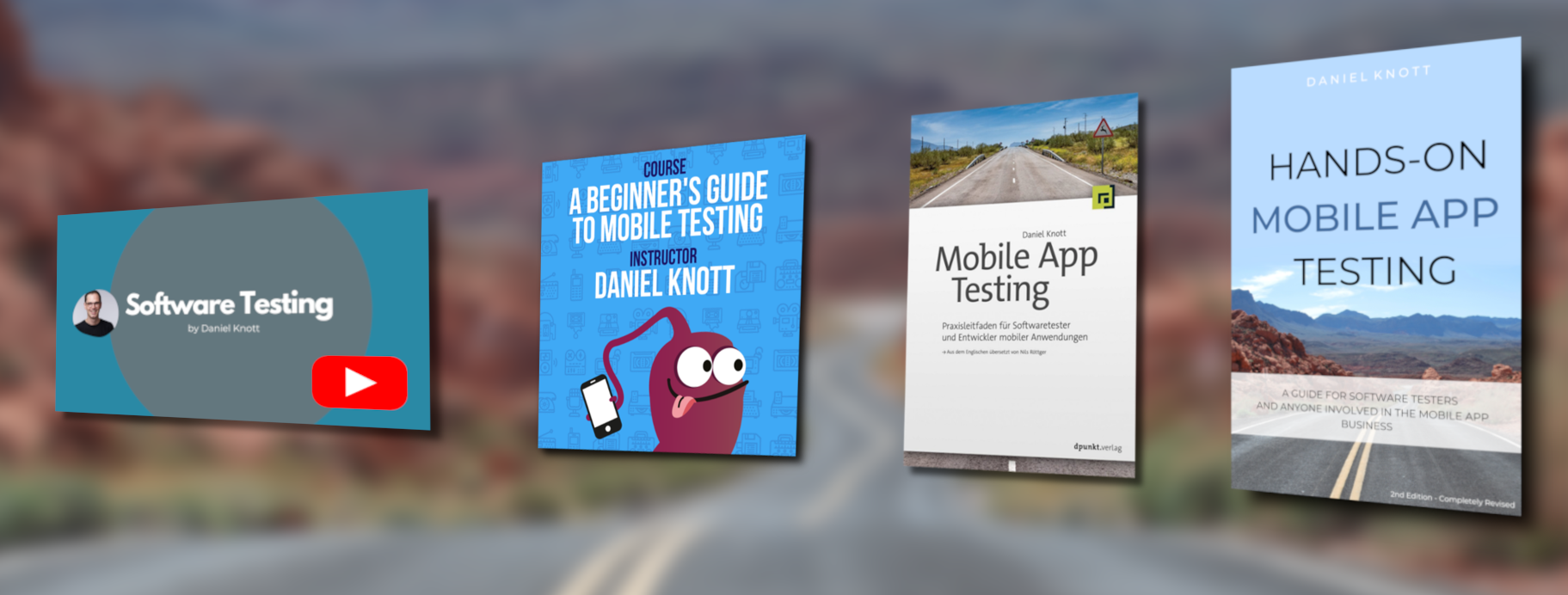In part two of the series “How To Get Started In Software Testing”, I’ll outline five more areas aspiring software quality assurance engineers should focus on in order to have a thriving career in the software quality assurance space. Every building is only as strong as its foundation.
Therefore, if you haven’t read part one of this series, I highly recommend you do so before continuing further in this series. This will help give you a solid foundation as you look to launch out to in “deep” end of software testing. You can check out part one here.
Below, I’ve highlighted five key areas every aspiring software tester should consider as he or she looks to explore the world of software quality assurance.
- Crowdsourcing: A new shift in the software testing phenomenon is that of crowdsource based testing. Crowdsource based testing is where testers gather from different parts of the world to test applications and get paid for bugs they find. A few of the sites you can visit and join are the following:
- utest.com: Join a crowd sourcing site like utest and learn by testing applications, mobiles apps, devices and a variety of other technologies. Here you’ll get direct hands on experience. You can access it here: http://www.utest.com
- Weekend Test: Is a software testing platform where testers gather together to test various applications and technologies. You can access it here: http://www.weekendtesting.com
- usertesting.com: This platform focuses more on the “look and feel” of a website or what you will call Usability testing. Basically, you sign up to be a “tester” or user and get paid $10 every time you share your thoughts out loud (it’s recorded) when navigating a website. The setup is easy and all you need is a quiet place to record and a computer/laptop. Most test take 15-20 minutes. So, the better you become and the more tests you qualify for you can tests up to three sites an hour, which can earn you about $30 an hour. One secret? Stay logged in and score high (five stars) on your practice/initial training and they’ll keep sending you tests. You can access it at www.usertesting.com
- College Degree: To get started in software testing, a good route one can take is getting a college degree in information technology, computer science or some other technical degree. Most companies and job descriptions these days, specify that the potential candidate have some type of technical degree (although this is not required to get in or be successful). This approach will help you learn a lot about computers, technology, assembly language, computer science, computer engineering, coding and how software works as a whole.
Some schools offer software quality assurance courses. For example, the University of Pittsburgh (Pitt) offers a Software Quality Assurance Course which you can access here.
- Direct experience: Another option to get started in software testing is to get a job with a technology company and transfer departments. This is a great way to “get-in-the-door” through the back door. Utilizing this strategy, you really get to learn the processes of the organization and how it operates from the inside. You can then leverage that knowledge to your advantage when seeking a software testing opportunity within the organization. Another aspect with this strategy is that you can begin to build relationships with the key stakeholders within the organization and learn about upcoming opportunities before they are formally announced to the public.
- Understand QA Processes: Software quality assurance is more than just testing software. As a matter of fact, the “testing” of software is just one part of the overall software development lifecycle (SDLC). The secret behind being a standout Software QA Engineer is in one’s ability to understand QA processes and introduce needed processes to any organization you work for. A few of the QA processes that you can introduce to an organization that may lack adequate processes are; root cause analysis, change control, sign-offs, document reviews, etc. The more solid processes an organization has in place, the less the likelihood of defects occurring when the product is in production. As a Software QA engineer that is deployed onsite at a company, you can be the difference between a successful product deployment or one that is a disaster. The more solid processes, the better. Learn and implement processes. You’ll be compensated accordingly.
- Get Hands-On Experience: Finally, as a beginner, you can begin to test websites and applications online to find bugs and report those bugs to the company. A good software tester is analytical and knows how to think outside the box to break a system. This is a great skill to develop. Therefore, look for mobile apps, web applications or desktop application online, test them, track your work on github and also include your knowledge and experience on your resume.
Software and technology is the future of our world. As data, systems, processes and businesses look to do more and more business online to stay competitive, capable and knowledge technologists with the right skills and expertise will be at the forefront of this frontier. Therefore, having the tools in place to remain competitive is something every aspiring software tester should look to achieve.
About Tim
 Tim Ebie is the founder of www.testdemy.com, an online Software testing and QA platform that helps individuals looking to get started in Software QA, improve their testing skills and become more highly sought after testers. Tim has been a Software Quality Assurance (QA) Engineer for over 10 years and has experience performing both manual and automated testing, as well as experience working on small, medium, and large size projects in a number of industries and domains. Tim holds a bachelors in Computer Engineering from the University of Houston and possesses a QA certification with the Quality Assurance institute (QAI) in testing.
Tim Ebie is the founder of www.testdemy.com, an online Software testing and QA platform that helps individuals looking to get started in Software QA, improve their testing skills and become more highly sought after testers. Tim has been a Software Quality Assurance (QA) Engineer for over 10 years and has experience performing both manual and automated testing, as well as experience working on small, medium, and large size projects in a number of industries and domains. Tim holds a bachelors in Computer Engineering from the University of Houston and possesses a QA certification with the Quality Assurance institute (QAI) in testing.
In his spare time, Tim enjoys playing basketball.

